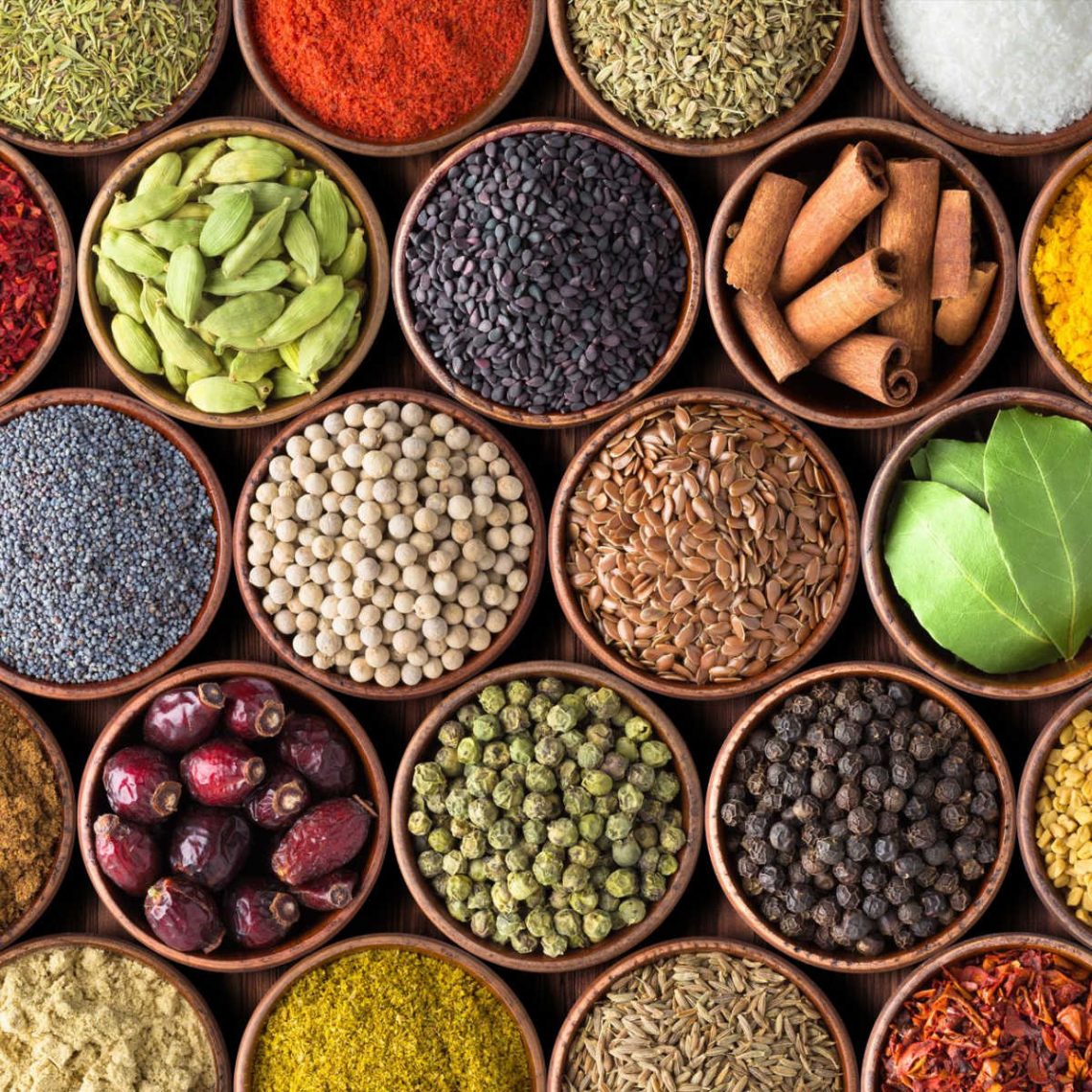
Adding a Little Spice to Your Life
I have an ample supply of herbs and spices in my pantry and herb garden, but I know that a lot of home cooks get by with just a few – the ones that they use over and over again. How about adding a little more spice to your life? Would you consider adding just one or two spices to your kitchen profile? Think about that apple pie. It just wouldn’t taste the same without the cinnamon and sugar, but what about adding some nutmeg and cardamom along with the traditional flavors? Or even a few you enjoy from other countries? They could be within your reach.
Expanding your scents
Jennifer Newens in her book Cooking with Spice points out that highly scented seeds, barks, roots, and fruits have been used since ancient times to add aroma and flavor to cooked dishes. At one point, nutmeg was worth more by weight than gold. When the Visigoths captured Rome in 410 A.D., they demanded a ton and a half of peppercorns as ransom. And in the 16th century, London dockworkers were paid their bonuses in cloves. Romans took over Egypt because it was a center for the spice trade. It was the spice trade that drove Spain to finance Columbus’ explorations because the Spanish monarchy wanted to break Venice’s monopoly (and its tariffs) from the spice trade.
These days, we have relatively easy access to spices from all over the world, and our cuisine continues to evolve. Newens notes that the six major cuisines of the world each have their own spices. If you’re interested in exploring these flavors, Newens has some ideas to help you stock your shelves.
- Indian: Basics are cumin, coriander, and turmeric. Additions include cardamom and garam masala.
- Asian: Basics are sesame seeds, dried chili and flakes, soy sauce, and ginger. Additions might be star anise, cumin, and saffron.
- Moroccan: Basics are cinnamon, ginger, turmeric, lemon and turmeric. Additions are cayenne, sesame seeds, paprika, and saffron.
- Caribbean: Basics are allspice, cinnamon, cayenne, and ginger. Additions are paprika, nutmeg, and thyme.
Fall would be the ideal time to try a new food tradition. It’s a time when soups and stews are a fertile ground for flavor experimentation. Once you select a cuisine style to explore, you’ll likely just need to add one or two new spices to your larder. Then it’s just a matter of trying them out.
Putting a little pizazz in your cooking
Let’s use the good old beef stew as an example of how you might expand your food experience. The usual version includes beef, carrots, onions, and potatoes, and for flavoring, bay leaves, garlic, and maybe thyme. But how about a North African approach – a tagine? You’d be using the same beef and vegetables, but adding prunes or apricots and turmeric, cardamom, and cinnamon. Want to go full North Africa? Try a ras al hanout spice blend. How about India? Here’s a very basic beef curry that uses beef, onions, and garlic, but the spice profile for this dish includes ginger, cloves, garlic, cinnamon, and coconut milk. How about a Vietnamese approach? You start with the same beef, garlic, and carrots, but this time the flavor profile comes from fish sauce, ginger, lemongrass, cinnamon, and star anise.
You’ve likely experienced the flavors from other food traditions in a restaurant, but those flavors can be available to you just by picking up a few additional herbs and spices. Humans have been doing it for centuries.
To comment, please click on “Read in Browser” or on the headline to view the blog on the website. You can log in and comment at the end of the blog to share your thoughts and start a discussion.
If you’d like to share the blog, click on the Facebook icon or one of the others. Thanks!





2 Comments
KC Swallow
I love this! Start with the basic ingredients and jazz it up accordingly. Fall is cooking time, so I’m going to try it!
KC Swallow
I love this! Start with the basic ingredients and jazz it up accordingly. Fall is cooking time, so I’m going to try it!